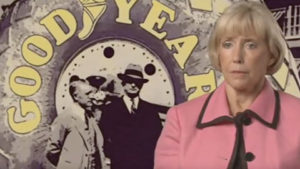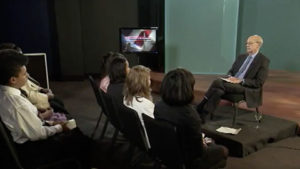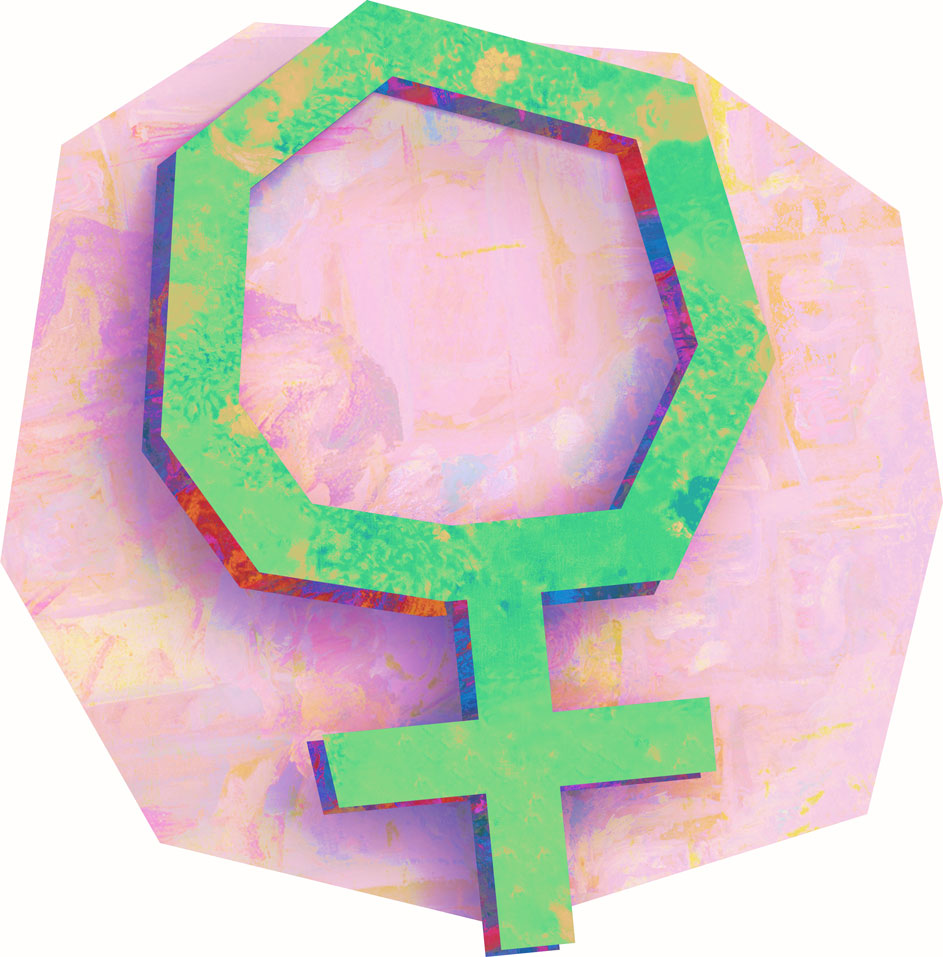Scholarly articles and book chapters complement the Annenberg Classroom video “The 19th Amendment: A Woman’s Right to Vote.”
The 19th Amendment: Primary Sources
These primary sources follow the content and narrative structure of the Annenberg Classroom film “The 19th Amendment: A Woman’s Right to Vote.”
The 19th Amendment: A Woman’s Right to Vote
Voting is the most basic right of a citizen and the most important right in a democracy. When you vote, you are choosing the people who will make the laws. For almost a century and a half of our nation’s history, women were barred from exercising this fundamental right. This is a film about their long, difficult struggle to win the right to vote. It’s about citizenship, the power of the vote, and why women had to change the Constitution with the 19th Amendment to get the vote.
The Unfinished Business of Women’s Equality: Educators’ Guide
This guide for K-12 educators provides four types of activity suggestions and related resources for your upper elementary, middle or high school students: class starters; in-depth classroom activities; projects/performances for assessment; and culmination activities.
A Conversation on the Fourteenth Amendment
Three key components of the Fourteenth Amendment – due process, equal protection, and privileges and immunities – are explored in this lesson.
Actions That Changed the Law: Ledbetter v. Goodyear
This lesson tells the law-changing story behind the Lilly Ledbetter Fair Pay Act of 2009. Students gain insight into law-making process and consider how statutory decisions made by the U.S. Supreme Court can prompt better laws.
A Call to Act: Ledbetter v. Goodyear Tire and Rubber Co.
This documentary tells the story of Lilly Ledbetter and her U.S. Supreme Court case Ledbetter v. Goodyear Tire and Rubber Co.. Ledbetter’s fight for equal pay for equal work eventually involved all three branches of government and resulted in the Lilly Ledbetter Fair Pay Act of 2009.

A Conversation on the Constitution with Justice Stephen Breyer: Ledbetter v. Goodyear Tire and Rubber Co.
Justice Breyer and a group of high school students discuss separation of powers in connection with pay discrimination case Ledbetter v. Goodyear Tire and Rubber Co. that resulted in a 2009 law called the Lilly Ledbetter Fair Pay Act.

Women’s Rights
This timeline provides milestones in the women’s rights movement.
19th Amendment
The suffrage movement leads to Congress’ approval of the 19th Amendment, which reads: “The right of citizens of the United States to vote shall not be denied or abridged by the United States or by any state on account of sex. Congress shall have power to enforce this article by appropriate legislation.”
Freedom from Discrimination
This timeline addresses milestones in the civil rights movement, women’s rights movement, and immigration and citizenship.
Planned Parenthood
Planned Parenthood describes itself as “a visible and passionate advocate for policies that enable Americans to access comprehensive reproductive and sexual health care, education, and information.”
NARAL Pro-Choice America
NARAL Pro-Choice America describes itself as “the leading national advocate for personal privacy and a woman’s right to choose.”
Guttmacher Institute
The Guttmacher Institute was founded in 1968 as the Center for Family Planning Program Development and was named after Alan Guttmacher, a former president of Planned Parenthood and distinguished obstetrician-gynecologist.
Social Science Research Council
The Social Science Research Council is a New York-based “independent not-for-profit research association” that brings the work of academic social scientists to contemporary social problems.
Urban Institute
The Urban Institute says it is a “nonprofit, nonpartisan policy research and educational organization” focusing on “the social, economic, and governance problems facing the nation.” It has its roots in the Great Society era of government anti-poverty programs. The institute was chartered by a blue-ribbon commission assembled by President Lyndon Johnson to examine problems and issues faced by the nation’s urban populations.
Congressional Research Service
The Library of Congress houses the Congressional Research Service, “the public policy research arm of the United States Congress.” The CRS performs independent, nonpartisan and objective research for members of Congress and their staffs on a nearly endless array of issues. The Librarian of Congress appoints the director of the service, which has a large, knowledgeable staff and receives a sizable budget.
United Nations
The United Nations website contains a huge amount of information that dates back to the global governing body’s inception in 1945. From the U.N. home page there are links to several of its divisions and programs.

